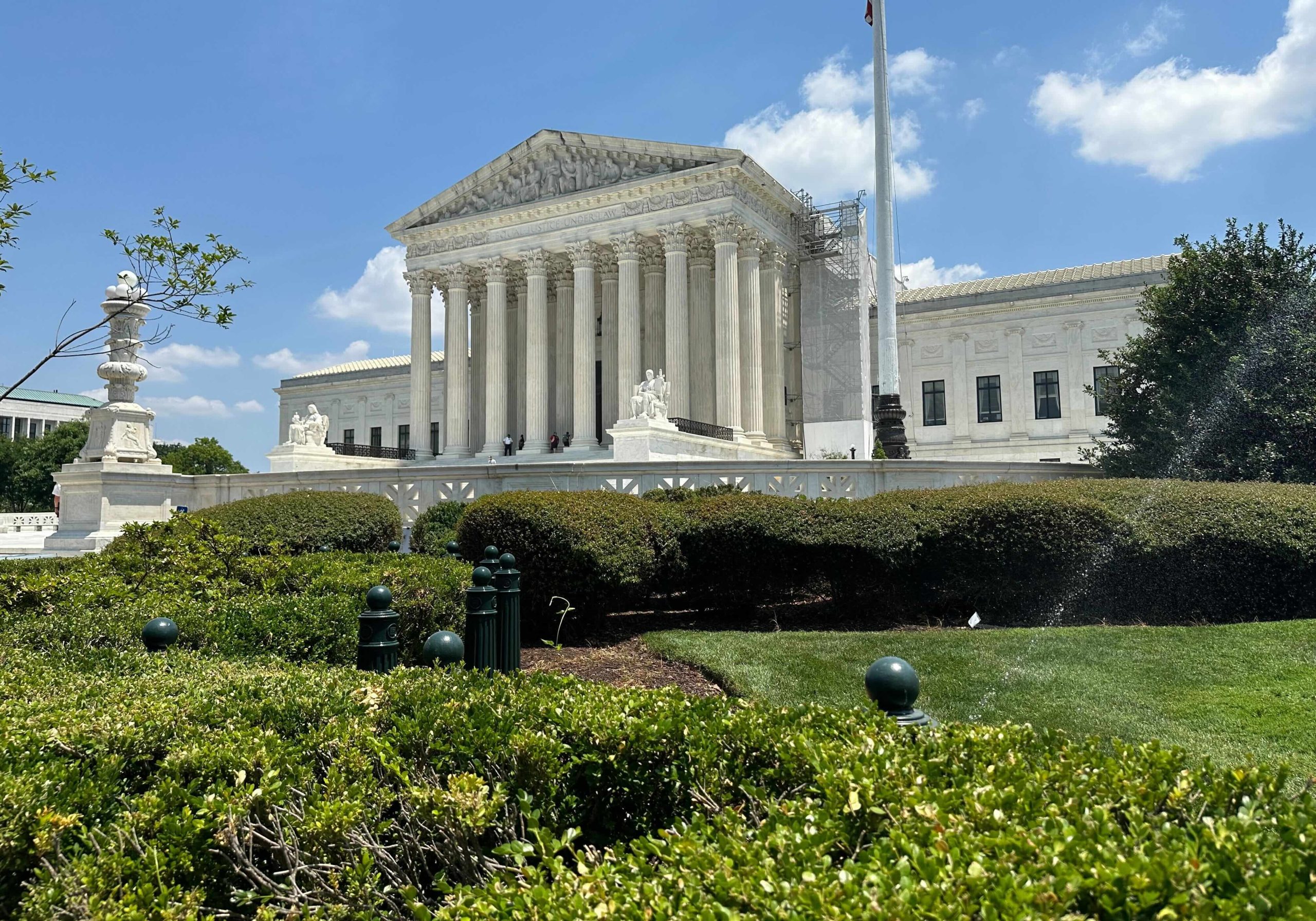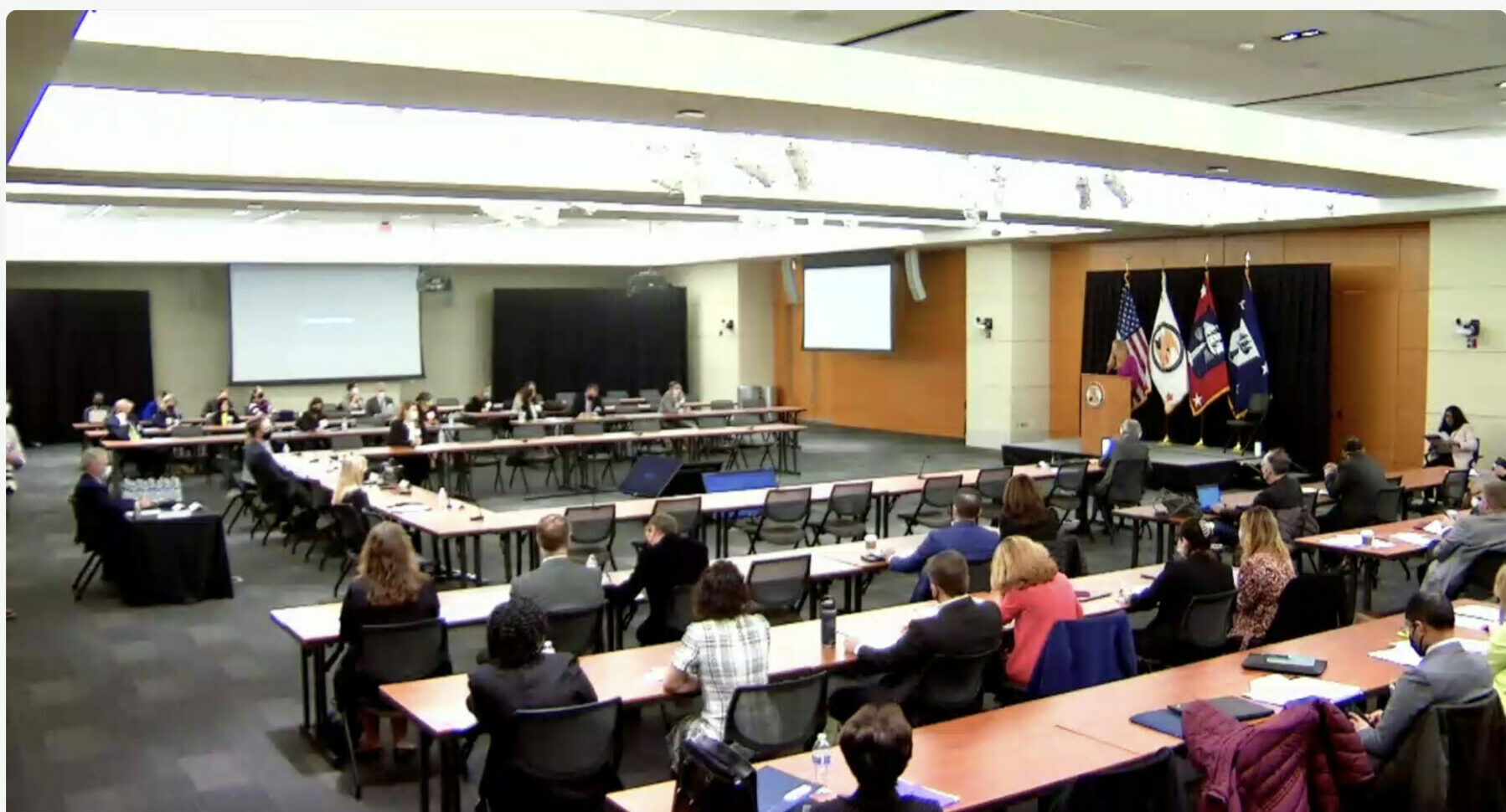LKQ v. GM: PTAB and Examiner Guidance on Design Patent Obviousness from USPTO | Jones Day
[co-author: Erin Bies]*
Those following this blog knew change was coming to design patent obviousness in the LKQ v. GM decision by the en banc Federal Circuit. In its May 21, 2024 decision, the court overruled the long-standing Rosen-Durling test that required the primary reference must be “basically the same” as the challenged design, and any secondary references be “so related” that “features in one would suggest application of those features to the other.”
The USPTO responded swiftly with a memorandum the next day providing guidance for the PTAB and examiners. Tracking the classic Graham v. John Deere factors, the USPTO advised as follows:
- Scope and Content of Prior Art. Design patent obviousness analysis still turns on a primary reference that is visually close to the claimed design, even if not “basically the same.” Pertinent prior art must be in the same field of endeavor as the claimed design or analogous art.
- Differences Between Prior Art and Claimed Design. Differences between the prior art and claimed design must be evaluated “from the perspective of an ordinary designer in the field of the article of manufacture.” In fact, the USPTO noted that the greater the differences between the primary and secondary references, the harder it will be to establish a motivation to combine.
- Level of Ordinary Skill in the Art. Proposed combinations of prior art are viewed through the lens of the “knowledge of a designer of ordinary skill who designs articles of the type being examined.” But, as LKQ instructs, there must be record evidence to show that a designer of ordinary skill, at the time of the invention. The USPTO explained that record-supported evidence must exist to show that a designer of ordinary skill, at the time of the invention, would have been “motivated to modify the prior art design to create the same overall visual appearance as the claimed design.”
- Secondary Considerations. Objective indicia of non-obviousness still serve as a check against improper hindsight; if anything, these factors may be more important under LKQ.
Takeaways: The USPTO instructed the PTAB and examiners about how to apply the Graham factors to design patent obviousness after LKQ. While LKQ holds that a primary reference need not be “basically the same” as the claimed design, the PTAB and examiners must still grapple with differences between the prior art and the claimed design. And non-hindsight evidence must exist to show that a designer of ordinary skill would have been motivated to combine or modify prior art to achieve the claimed design.
*Summer Associate






